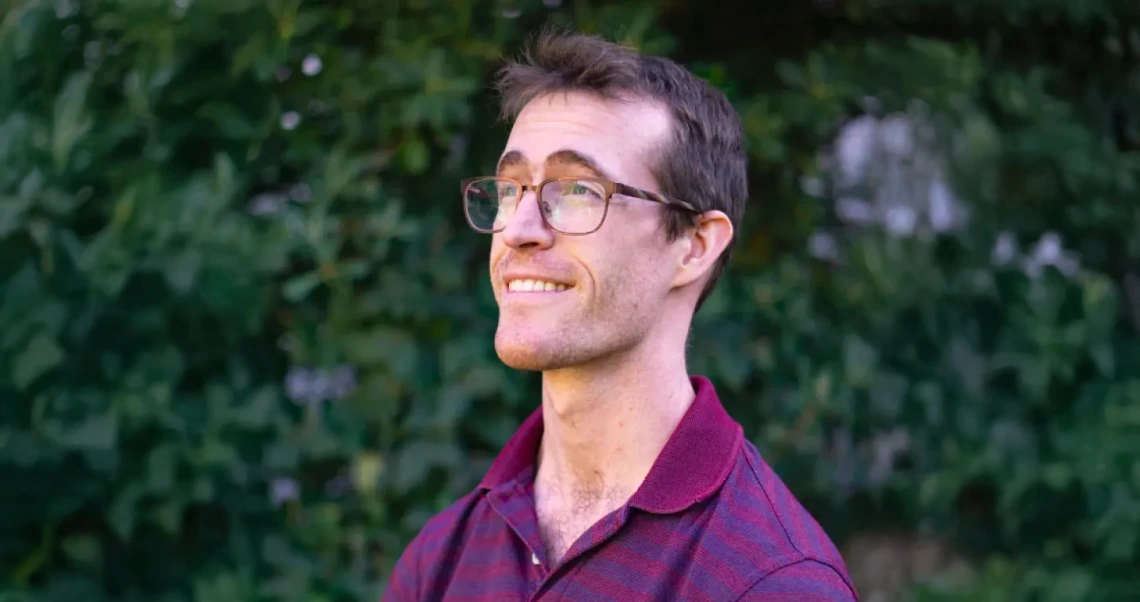Seeing Research at Scale
Devin Bayly’s Vis-Sieve tool uses AI to help researchers cut through thousands of figures and find patterns faster.

How do you make sense of thousands of research papers at once? For researchers, the challenge of keeping up with an ever-expanding body of literature can feel overwhelming. That’s where Vis-Sieve, a new prototype tool, comes in.
Vis-Sieve was developed by University of Arizona UITS data and visualization consultant Devin Bayly and collaborators to help researchers parse scientific publications at scale. The tool ingests large collections of PDFs, automatically extracts figures, and organizes them so domain newcomers can quickly see what standard practice looks like in the field.
“When I consult in an unfamiliar discipline, I don’t always have time for a full literature review,” Bayly explained. “We wanted a system where you pour in papers and the tool clusters the figures. With AI sorting and annotating images, researchers can recognize patterns faster and focus on what matters.”
The prototype was unveiled at this year’s PEARC conference in Columbus, Ohio, where Bayly and his team showcased how Vis-Sieve sifted through more than 30,000 figures from U of A publications. Using multimodal models, the system could classify chart types – bar, line, scatter, and check whether the images matched expected patterns. The result? A structured visual map of research outputs that helps new readers, students, and even seasoned scholars cut through information overload.
The demo drew significant attention during the interactive poster session, attracting roughly 50 visitors who were eager to see how AI might reshape academic workflows. For Bayly, the interest reinforced the need for tools that support the research community’s most pressing challenge: managing information at scale.
Beyond the technical achievement, Vis-Sieve highlights UITS’s role in supporting research visibility and impact. By reducing the time researchers spend sifting through articles, the university is enabling them to focus on experimentation, collaboration, and discovery. And by experimenting with open, flexible approaches, Bayly’s work aligns with a broader push to ensure that powerful tools are accessible across disciplines.
“I don’t see this replacing deep reading or analysis,” he noted. “But it’s a way to get your bearings faster and identify trends. It’s about support, not shortcuts.”
As he looks ahead, Bayly hopes to keep iterating on Vis-Sieve and presenting updates at PEARC and other venues. And with UITS positioned at the crossroads of technology and research, Vis-Sieve is only one example of how data visualization and AI can help the university community see its work in new ways.

